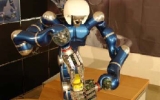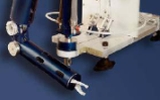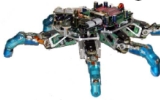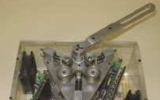Naturally, such a fundamental design paradigm shift comes at a certain cost. The increased number of actuators and the small intrinsic damping of most implementations are certainly some of the major challenges in controlling a variable compliance joint. The expected reduction in absolute position accuracy due to the elasticity needs to be compensated by external sensing as e.g. vision. Furthermore, a lower mechanical bandwidth will be the consequence due to the generally higher joint compliance. The various existing viewpoints on the topic as well as the mentioned open problems motivate the workshop as a platform for experience exchange and discussions. In this workshop, we plan to bring together top researchers in the fundamentals of electromechanical design, planning, and control of new actuators, pHRI safety, and biorobotics. We intend to make a point on the state of the art, initiate discussions about open problems and perspectives of variable impedance design, enable interdisciplinary and inter-group cooperation, and to further spread knowledge about the methods, the technologies, and the challenges in this field.



